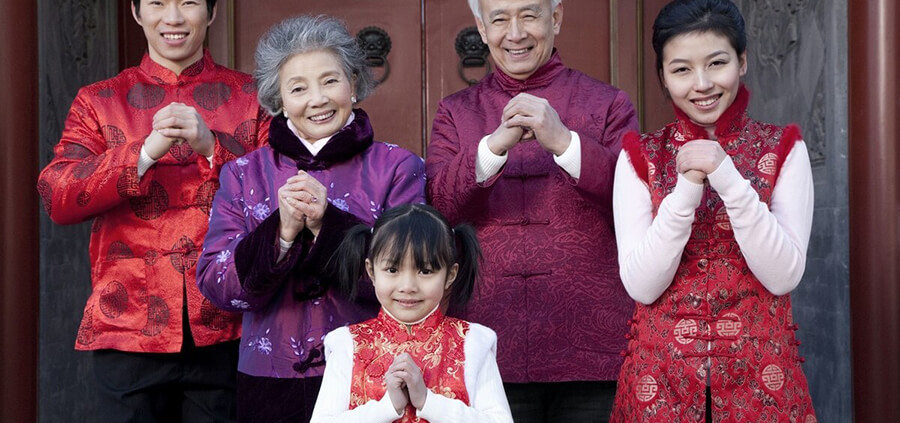Why it is important for children to learn and maintain their first or native language
The Importance of a Native Language
We use language to communicate with others, to establish relationships and a sense of self, and to express who we are; it is an integral part of being human. The gain of a second language is a wonderful thing, but it should not happen at the expense of one’s first language. A native language connects us to a part of our identity that can’t be replaced. Moreover, research has shown the possibility of acquiring two or more languages simultaneously. It’s also evident that there are cognitive benefits of multilingualism. All in all, multiculturalism and multilingualism are achievable. Several countries and indigenous communities can attest to that.
The loss of the first or native language is a serious problem for bilingual children. First language loss is caused by several factors, including the eagerness to assimilate to the dominant culture and social pressure. On the other end, parents and educators must be prepared to deal with bilingual students. They must recognize and value the importance of maintaining cultural and linguistic heritage. This heritage enriches not only the student but the school community and the society as a whole. The loss of the first language costs a great deal to children and their families. But it impacts the community as a whole and ultimately the entire nation.
How Can I Help?
There is a widespread phenomenon of children losing their heritage language competence, after enrolling in the school system and learning English. At home, parents and other family members play a major role in maintaining and developing the first language. Indeed, using the native language at home is not always easy, but the efforts will reap great benefits. Equally important, parents should be aware of the benefits so they can make better language choices at home (learn more about the benefits of bilingualism). It is crucial for children to receive enough comprehensible input in the first language to maintain and further develop it. Besides, children will have more exposure to English outside of the home than with their heritage language.
Parents can help their children maintain their first language and culture at home. At the same time, parents can incorporate the elements of the new language (English) and culture into their life. Seek other community resources and expose children to their first language outside of the home as often as possible. Adults should also talk to the children about role models in their own cultures that they can learn from. Each culture has great heroes that help shape the mindset of its members. Finally, consider reading to children in their first language from an early age. Literacy skills development in the native language should start early and at home. Certainly, all this takes strength and it can be challenging, but it’s worth the effort.
By incorporating fun activities into the learning process, such as games and storytelling, children can develop a deeper appreciation for both their first language. Parents can also utilize tools like LUCA, a reading fluency and proficiency platform, to help learn words starting with every letter for children of the alphabet in their first language. This can make language learning engaging and fun for children, encouraging them to explore their native language further.
Resources
- Bolger, P. & Zapata, G. (2011). Psycholinguistic approaches to language processing in heritage speakers. Heritage Language Journal. 8 (1).
- Callahan, L. (2010). U.S. Latinos’ use of written Spanish: realities and aspirations. Heritage Language Journal. 7 (1).
- Dominguez, L. (2009). Charting the route of bilingual development: contributions from heritage speakers’ early acquisition. International Journal of Bilingualism. 13 (2). P. 271-287.
- Lai Yung Tung, C. (2009). Language maintenance and language loss in the first language. U.S.-China Foreign Language. 7(7), 10-16.
- Ovando, C. and Combs, M. (2006). Bilingual and ESL Classrooms. New York, NY: McGraw Hill.
- Proctor, C., August, D., Carlo, M., & Barr, C. (2010). Language Maintenance versus Language of Instruction: Spanish Reading Development among Latino and Latina Bilingual Learners. Journal of Social Issues, 66 (1), 79-94.
- Rothman, J. (2009). Understanding the nature and outcomes of early bilingualism: Romance languages as heritage languages. International Journal of Bilingualism. 13(2), 155-163.
- Tran, V. (2010). English gain vs. Spanish loss? Language assimilation among second-generation Latinos in young adulthood. Social Forces. 89 (1), 257-284.
- This post was featured by Twinkl (twinkl.com) in their list of 15 Top Language Learning Blogs (https://www.twinkl.com/blog/15-top-language-learning-blogs)

Founder and Director of Education at Language Kids.
M. Ed.



I agree with you that learning second language is a good thing but we should give first priority to our native language.
Wow that was odd. I just wrote an extremely long comment but after I clicked submit my comment didn’t show up. Grrrr… well I’m not writing all that over again. Anyways, just wanted to say great blog!|
very good article about importance of native language…
Very interesting, very good job and thanks for sharing such a fantastic blog.
Best regards,
Abildgaard Henneberg
Very interesting points you have noted , thanks for putting up.
I just want to say I am just very new to blogs and seriously liked you’re web page. Probably I’m want to bookmark your site . You amazingly have really good stories. Appreciate it for sharing with us your website page.
It’s helpful when you talked about the role of parents and teachers to teach children about their own cultures. I think it’s really important to inculcate them about their roots since it can affect their relationship, especially with the family. Cultural influences in family relationships are indeed an essential topic to discuss with the children.